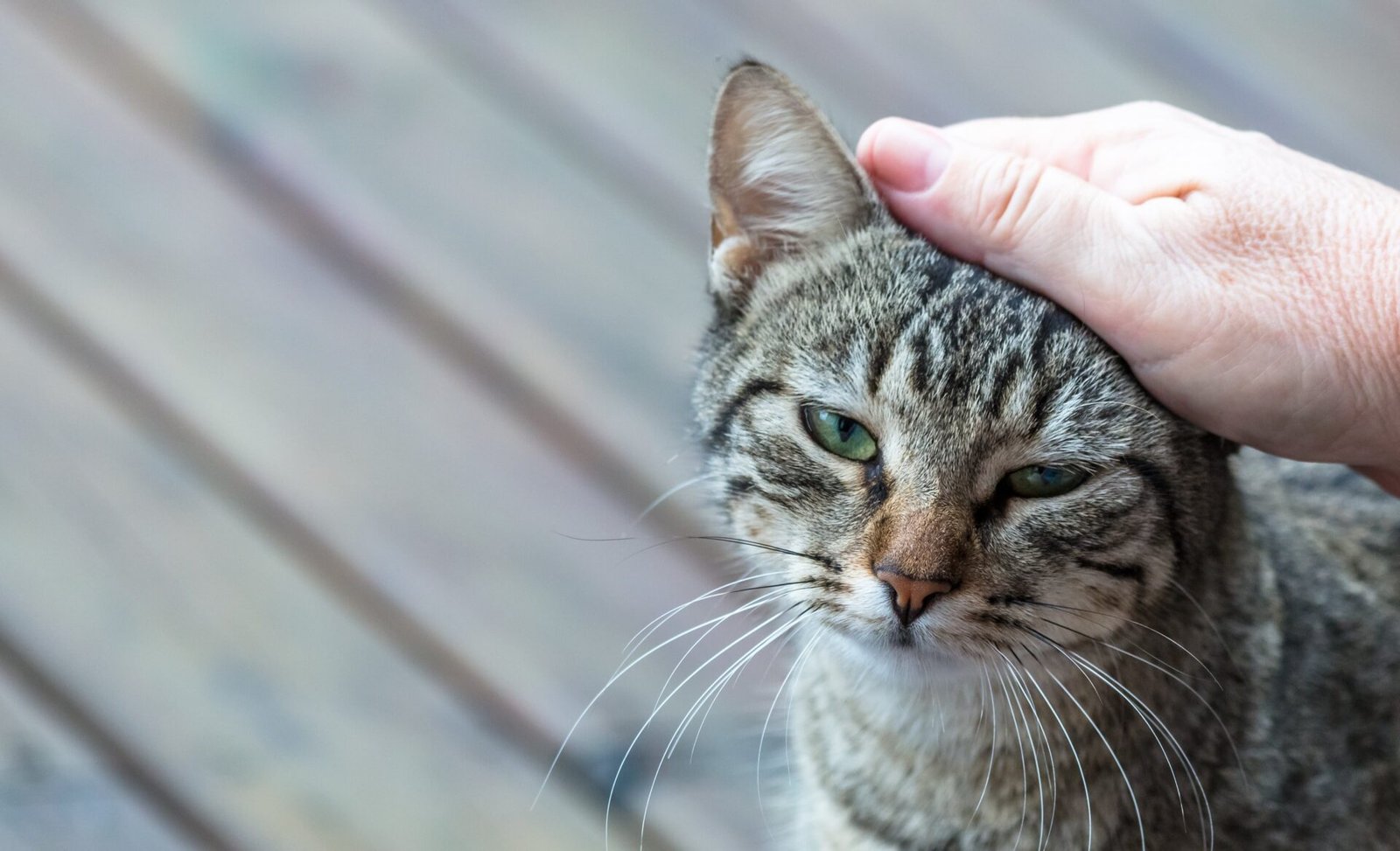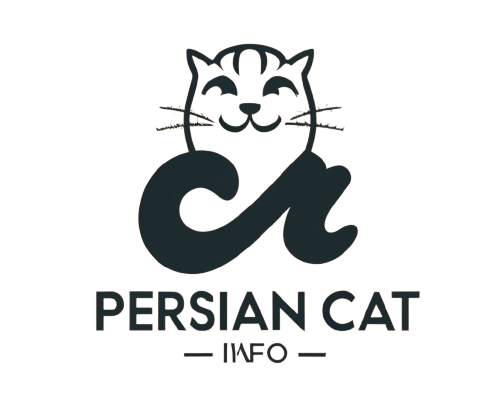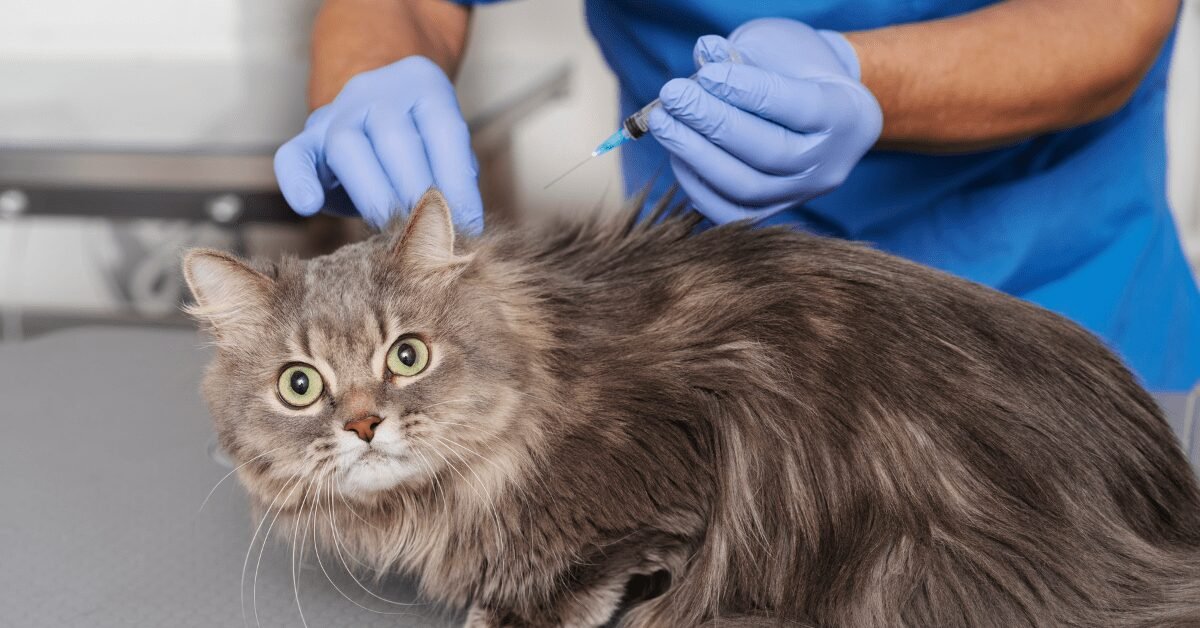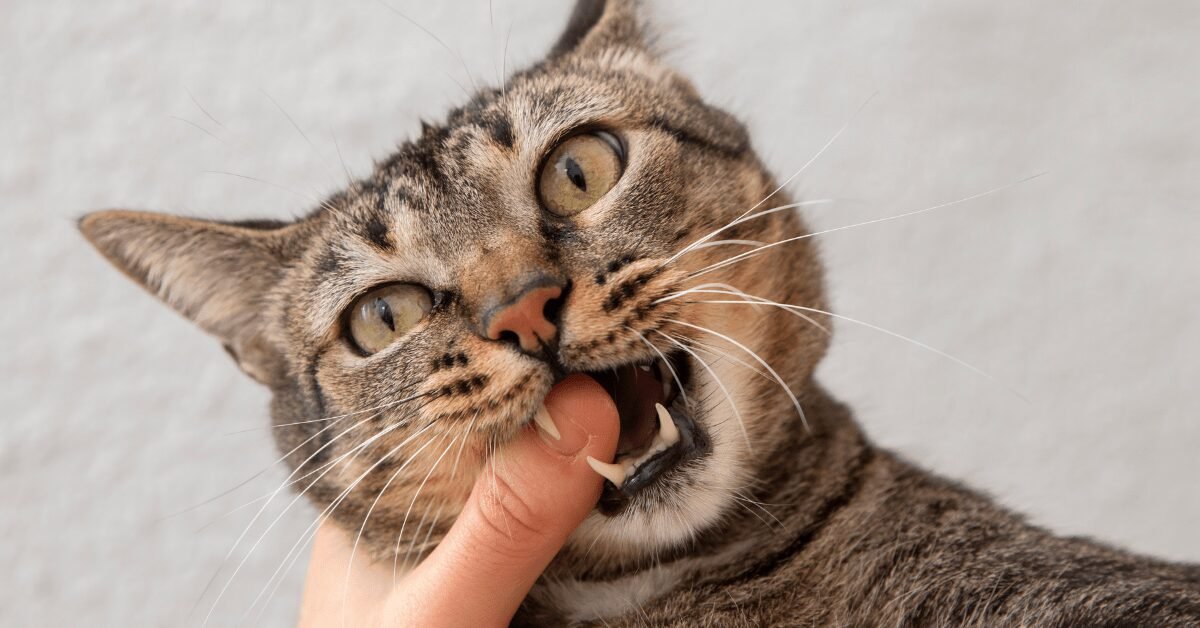Fleas and ticks are the most common yet dangerous problems for all the cats and their owners too. As the summer and spring draw in, it is also the fleas and ticks season for many of the Persian cats.
Long Persian cats can lead to many issues because their long cat also needs high maintenance. Persian cats have long and thick coats, Which means that finding these small insects would be so much problematic for you.
To keep these parasites away from your feline friend, you should keep your pet healthy and your house clean. In this article, we will explore how to get rid of the fleas and ticks in your Persian cats.
Symptoms
When does your cat have a flea allergy? It is a good question. The answer to this question is that when your cat has frequent scratching, itching, Meowing in pain, scabs, sores, or redness of the skin, and extreme hair loss.
It is the very first sign that your cat has a flea allergy. Cats that have flea allergies may also have soreness on any part of their bodies. As you know Persian cats have long and thin coats, so it is not easy to find fleas in your pets so be careful in this matter whenever your cat gets the fleas.
It can also lead to some secondary bacterial infections to develop.
Flea bites

The flea bites cause irritation, pain, itchiness, and inflamed skin. A flea bite generally develops an allergic reaction as well as a condition known as dermatitis.
Disease caused by it:
Anemia
If many fleas bite your cat, then it can develop anemia in your cat. In anemia, the number of RBCs is reduced. Symptoms of it include weakness, lethargy, rapid breathing, and potentially death if the fleas are not killed.
But Anemia is a very rare case and is mostly found in older cats and kittens.
Flea Allergy Dermatitis
Fleas are bad enough. They can lead to the severe, most serious issues in our loyal companion. Persia cats or any other breeds are hypersensitive to the flea’s saliva, causing a condition called flea allergy dermatitis.
It is the one of most itchiness-causing diseases in cats. This disease can cause intense skin irritation resulting in hair loss around the tail, belly, and inner thighs, as well as skin infections that can make the problem even worse.
You can consider using a flea comb to check for fleas.
Tapeworms
Tapeworms can also affect your cat from fleas often during grooming sessions. If your cat has eaten the fleas infected with tapeworms, then it could also become infected.
Tapeworms are mostly attached to your cat’s intestine with their sharp mouthparts and when they grow up they take the nutrients from your cat. Tapeworms rarely cause health issues in cats; in fact, infected cats are typically asymptomatic. However, tapeworms can sometimes lead to abdominal pain and diarrhea, as well as itchiness around the anus.
Feline acne
If you just thought that acne or blackheads are just for teenagers, then it is wrong. Your Persian cat can also develop feline acne, generally occurring on its chin. Feline acne can be caused by allergies to fleas or environmental triggers like pollen or fungal spores.
If the condition is severe, you may notice hair loss, redness, and even nodules or bleeding scabs. If your cat scratches or licks the affected area, a bacterial infection, which can be serious, may also develop.
For this reason, it’s important to remember that you shouldn’t squeeze, pick at, or otherwise try to remove your cat’s pimples.
How to get rid of fleas and ticks?
Common parasites that attack and annoy our furry friends include ticks, fleas, or mites. If your furry friend has fleas on it, then try to treat it immediately. Use quality cat flea medications such as Fiprofort Plus for Cats and Kittens, and Frontline Spray for Cats.
Flea combing, bathing, Vacuuming, Cleaning, and Professional extermination are also necessary for to get rid of the fleas and ticks. Bathe your cat regularly. Keep your house clean. Give your cats regular check-ups by the vet.
Conclusion
In conclusion, fleas, and ticks are the most common disease in your Persian cats. As they have long coats, They need high maintenance. Frequent scratching, itching, Meowing in pain, scabs, sores, or redness of the skin, and extreme hair loss are the symptoms the fleas in your cat. Many diseases are also caused by it which are given in this article.
Leave any information about this article. Do your Persian cats also have fleas or ticks?








